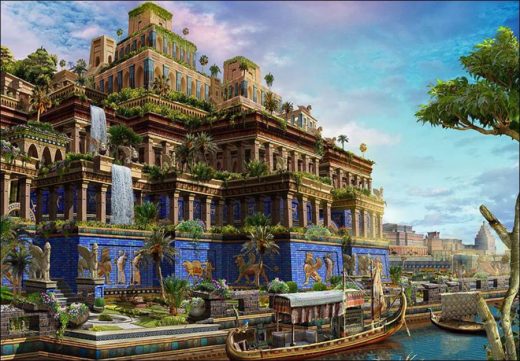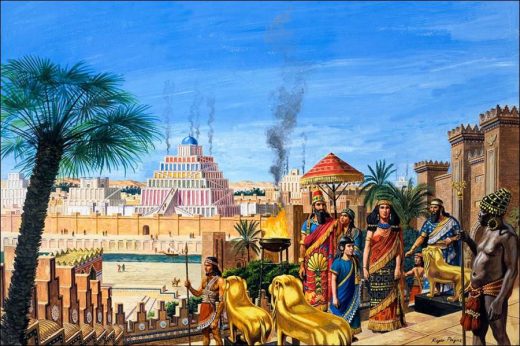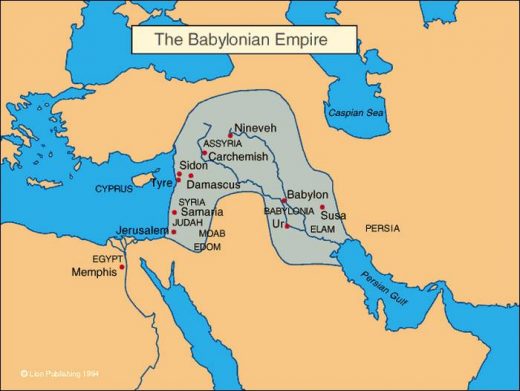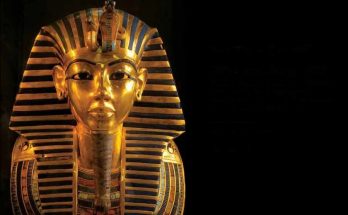The Rise of King Hammurabi, Emperor of Babylon.
After the collapse of the Akkadian Empire, two new empires came to power. They were Babylonians in the south, Assyrians in the north. In this article, we will talk about the Babylonian Empire.
The city of Babylon was one of the city-states that existed for a long time in Mesopotamia. After the collapse of the Akkadian Empire, the city was overthrown and the Amorites settled in the city. BC when King Hammurabi took the throne. He came to power in 1792. He was a strong and capable leader who wanted to rule more than just the city of Babylon.
Shortly after Hammurabi began to rule the city as king, he began to conquer other city-states as well. Within a few years, Hammurabi had conquered nearly all of Mesopotamia, including the northern Assyrian lands.
Rise of Babylon City
Under Hammurabi’s rule, the city of Babylon became the most powerful city in the world. Located on the banks of the Euphrates, the city was an important trade center that brought together new ideas and products. Babylon was the largest city in the world at that time and it is said that 200,000 people lived there.
In the center of the city was a large temple called a ziggurat. This temple looked like a pyramid with a flat top, and archaeologists think it was 300 meters long! There was a wide street running from the gates to the center of the city. The city is also famous for its gardens, palaces, towers and monuments. It would be an amazing sight to see. The city was also the cultural center of the Babylonian Empire. It was here that art, science, music, mathematics, astronomy and literature could flourish.

Hammurabi’s Laws
King Hammurabi established solid laws called the Code of Hammurabi. It may not be the first constitution written in history, but it is certainly one of the oldest and best preserved laws ever written. The decisions of the Babylonian king Hammurabi (1728 BC – 1686 BC) on various issues were written in Akkadian on a stone erected in the Esagila Temple, which was built in the name of “Marduk, the patron god of Babylon”. Hammurabi said that it was the “Sun God Shamash” who had these laws dictated to him. Therefore, laws were considered the word of God.
The Code of Hammurabi consisted of 282 laws in total. Most were fairly specific, but were taken as guidelines for use in similar circumstances. There were laws for traders and commercial transactions such as wages, rent, sale of slaves. Laws regulating criminal behavior spelled out penalties for stealing or damaging property. There were even laws regarding adoption, marriage, and divorce.
The Fall of Babylon and the Second Babylonian Empire
After Hammurabi died, his sons succeeded to the throne. However, they were not strong leaders and soon Babylon was weakened. In 1595, the Kassites conquered Babylon. They would rule for 400 years. Later Assyrians took over. B.C. By 612 Babylon once again rose to power as ruler of the empire over Mesopotamia. This second Babylonian Empire is called the neo-Babylonian Empire.
B.C. In 616, King Nabopolassar took advantage of the collapse of the Assyrian Empire and returned to Babylon instead of the empire. Son of II. Nebuchadnezzar restored Babylon to its former glory.
Nebuchadnezzar ruled for 43 years. He was a great military leader and expanded the empire to carry the Middle East as far as the Mediterranean. This included the conquest of the Hebrews and their 70-year enslavement, as described in the Bible. Under Nebuchadnezzar’s rule, the city of Babylon and its temples were restored. It also became the cultural center of the world, as it was during the rule of Hammurabi.
The Hanging Gardens of Babylon
II. Nebuchadnezzar built the Hanging Gardens of Babylon. This was a large series of terraces rising 75 feet high. They were covered with all kinds of trees, flowers and plants. The Hanging Gardens of Babylon was listed as one of the 7 Wonders of the World from the Ancient World.
Views: 437




